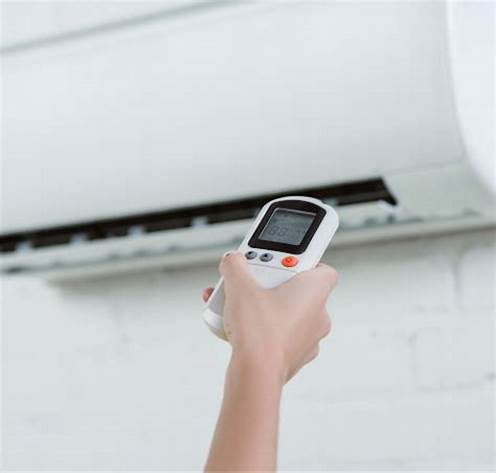
Understanding the components of your air conditioning (AC) system can help you maintain it more effectively and troubleshoot issues when they arise. Here’s a straightforward guide to the key parts of your AC system and their functions:
Thermostat
The thermostat is the control center of your AC system. It monitors the indoor temperature and activates the cooling process when needed. Programmable and smart thermostats allow you to set schedules and adjust temperatures remotely, enhancing efficiency and comfort.
Evaporator Coil
Located inside the air handler or furnace, the evaporator coil absorbs heat from the indoor air. When the refrigerant inside the coil evaporates, it cools the air passing over it. This cooled air is then distributed throughout your home.
Condenser Coil
The condenser coil is found in the outdoor unit of your AC system. It releases the heat absorbed from your home to the outside air. The refrigerant, which carries the heat, is compressed and pumped through the coil, where a fan helps dissipate the heat.
Refrigerant
Refrigerant is a vital fluid that cycles through the evaporator and condenser coils. It absorbs heat from your indoor air and releases it outside, enabling the cooling process. Common refrigerants include R-22 and R-410A, though newer, more environmentally friendly options are now available.
Compressor
The compressor, located in the outdoor unit, pumps refrigerant through the system. It compresses the refrigerant, raising its temperature and pressure before it moves to the condenser coil. The compressor is often considered the heart of the AC system due to its critical role.
Expansion Valve
The expansion valve regulates the flow of refrigerant into the evaporator coil. It reduces the refrigerant’s pressure, allowing it to expand and cool before entering the evaporator coil. This process is essential for the refrigerant to absorb heat effectively from the indoor air.
Air Handler
The air handler is an indoor unit that houses the evaporator coil, blower fan, and other components. It circulates the cooled air through your home’s ductwork and returns warm air to the evaporator coil for cooling.
Blower Fan
The blower fan, located in the air handler, moves air across the evaporator coil and distributes cooled air through your home. It also draws warm air from your living spaces back to the evaporator coil, ensuring continuous circulation and cooling.
Ductwork
Ductwork is a network of tubes that distribute cooled air from the air handler to various rooms in your home. It also returns warm air to the air handler for cooling. Properly sealed and insulated ductwork is essential for efficient air distribution and energy savings.
Air Filters
Air filters are located in the return air duct or air handler. They trap dust, pollen, and other airborne particles, preventing them from entering the system and ensuring clean air circulation. Regularly replacing or cleaning air filters is crucial for maintaining indoor air quality and system efficiency.
Condensate Drain Line
The condensate drain line removes the moisture that the evaporator coil extracts from the air. This moisture, or condensate, is typically directed outside your home or into a drain. Keeping the drain line clear is important to prevent water damage and maintain proper humidity levels.
Fan and Fan Motor
The outdoor unit’s fan and motor help dissipate heat by drawing air over the condenser coil. This process cools the refrigerant before it cycles back into your home. Regular maintenance ensures the fan operates efficiently and prevents overheating.
Conclusion
By understanding these key components of your AC system, you can better appreciate how it works to keep your home cool and comfortable. Regular maintenance and timely repairs of these parts will ensure your system operates efficiently, saving you money on energy bills and extending the lifespan of your AC unit.